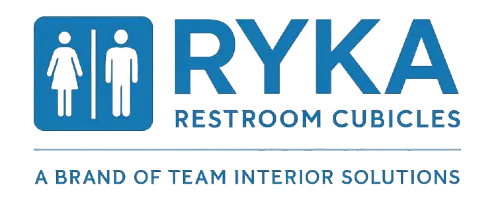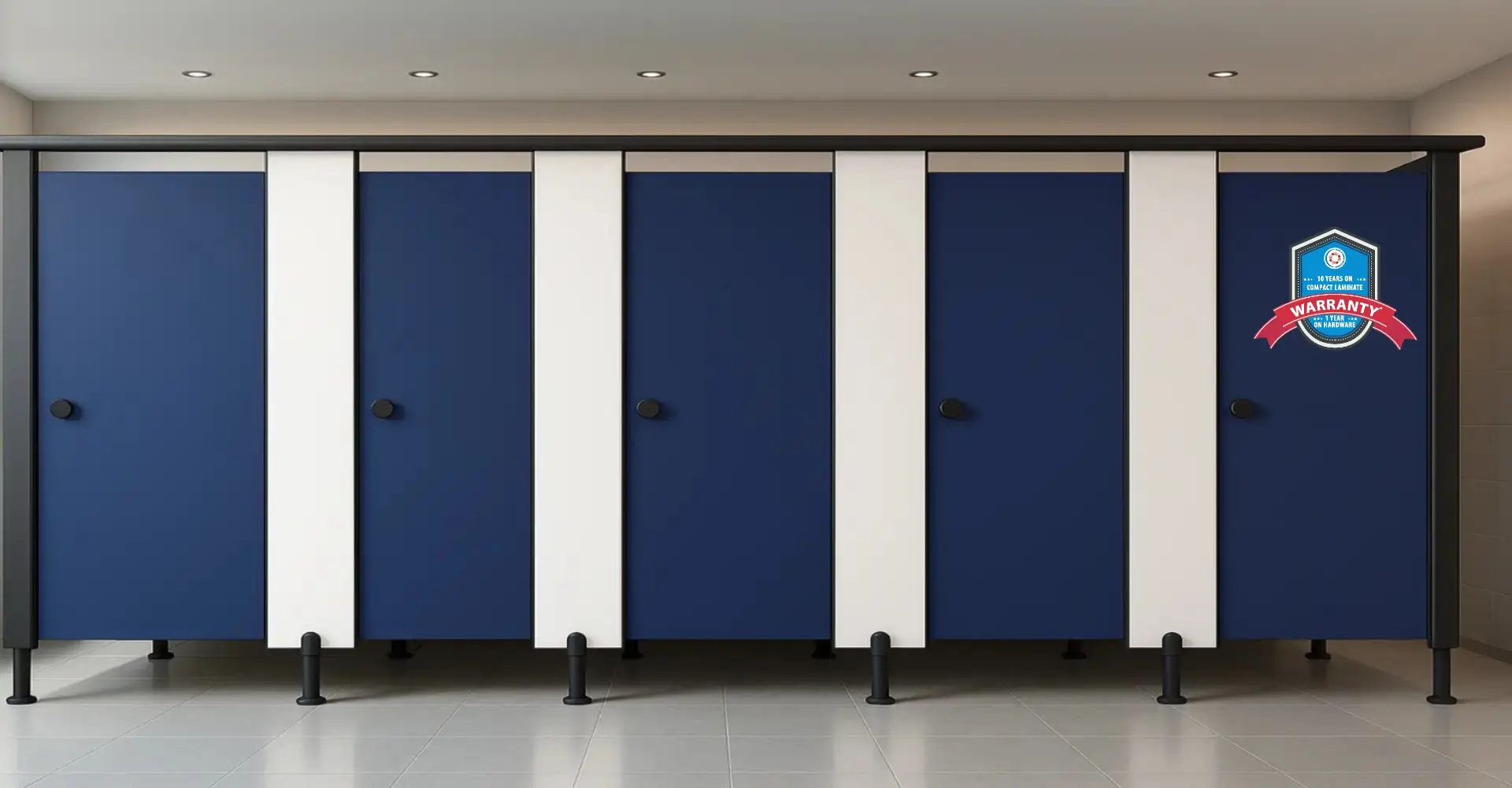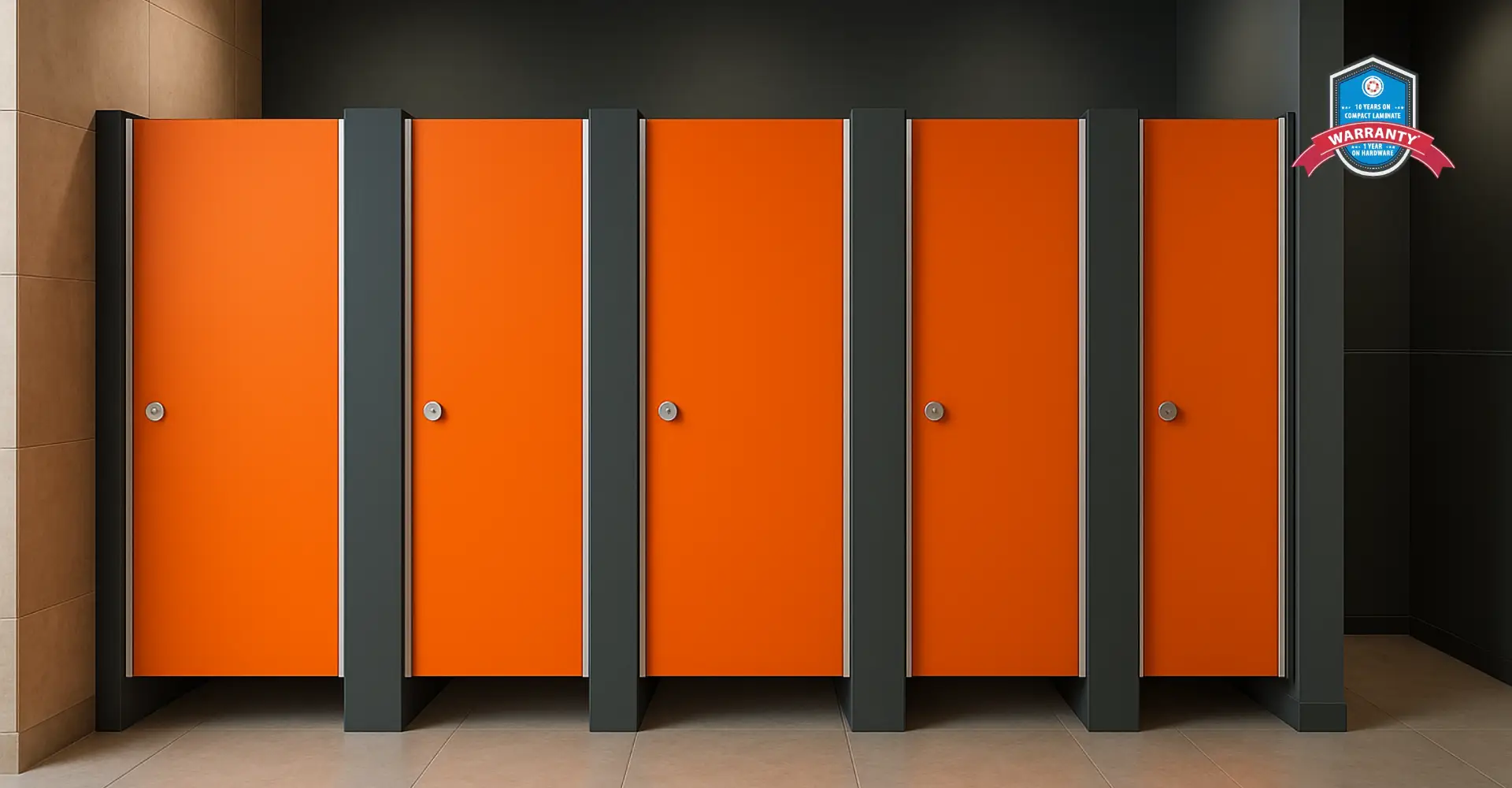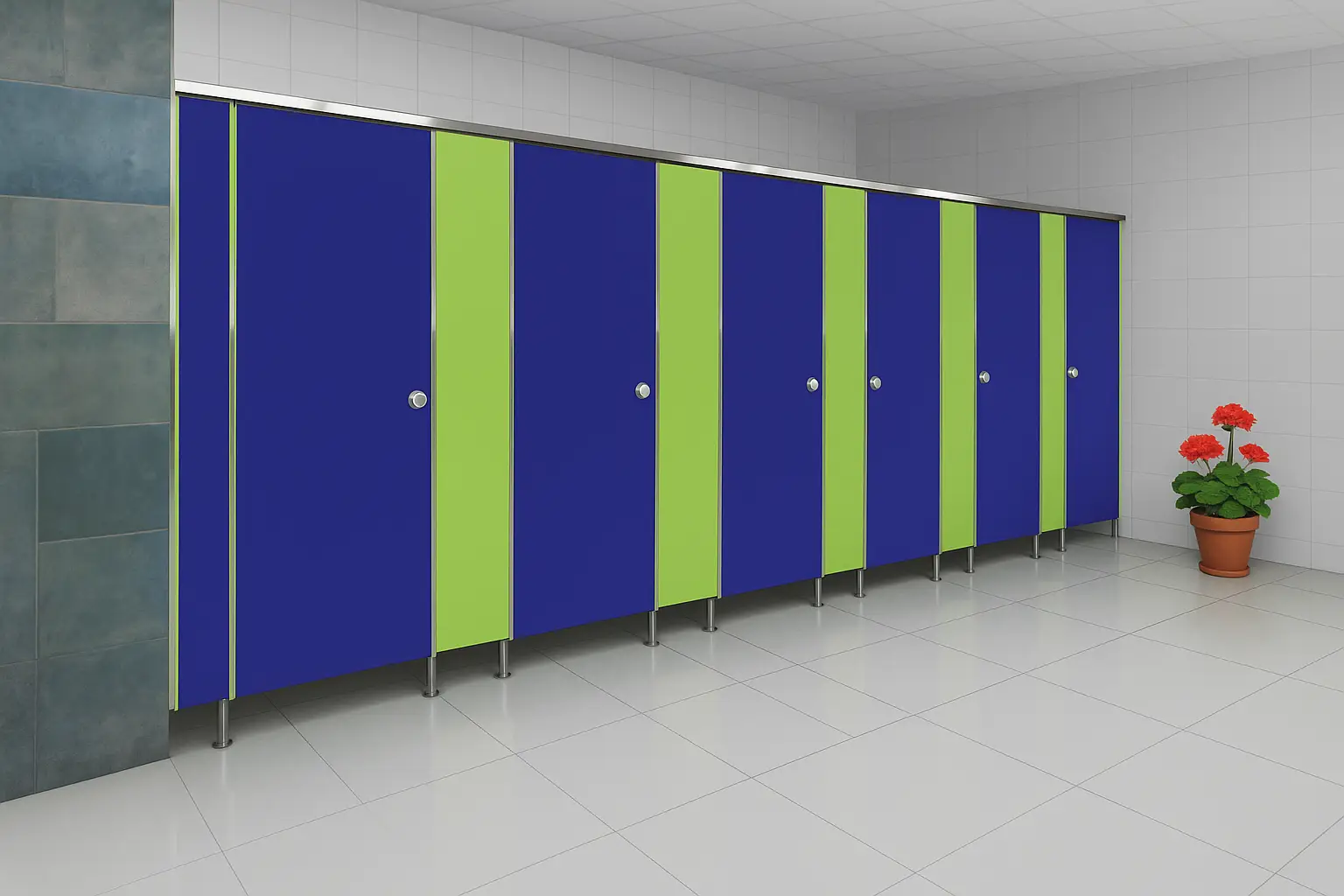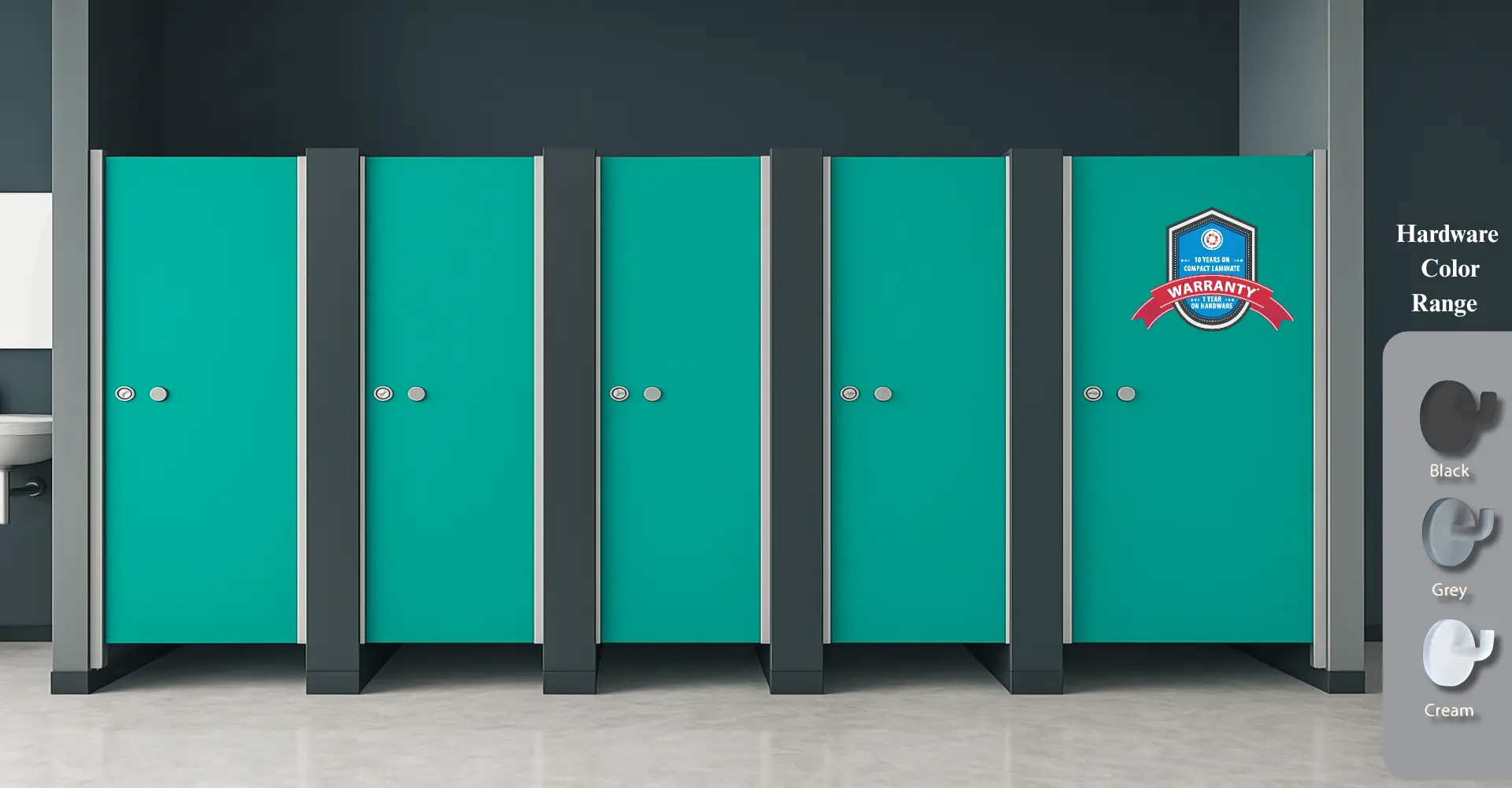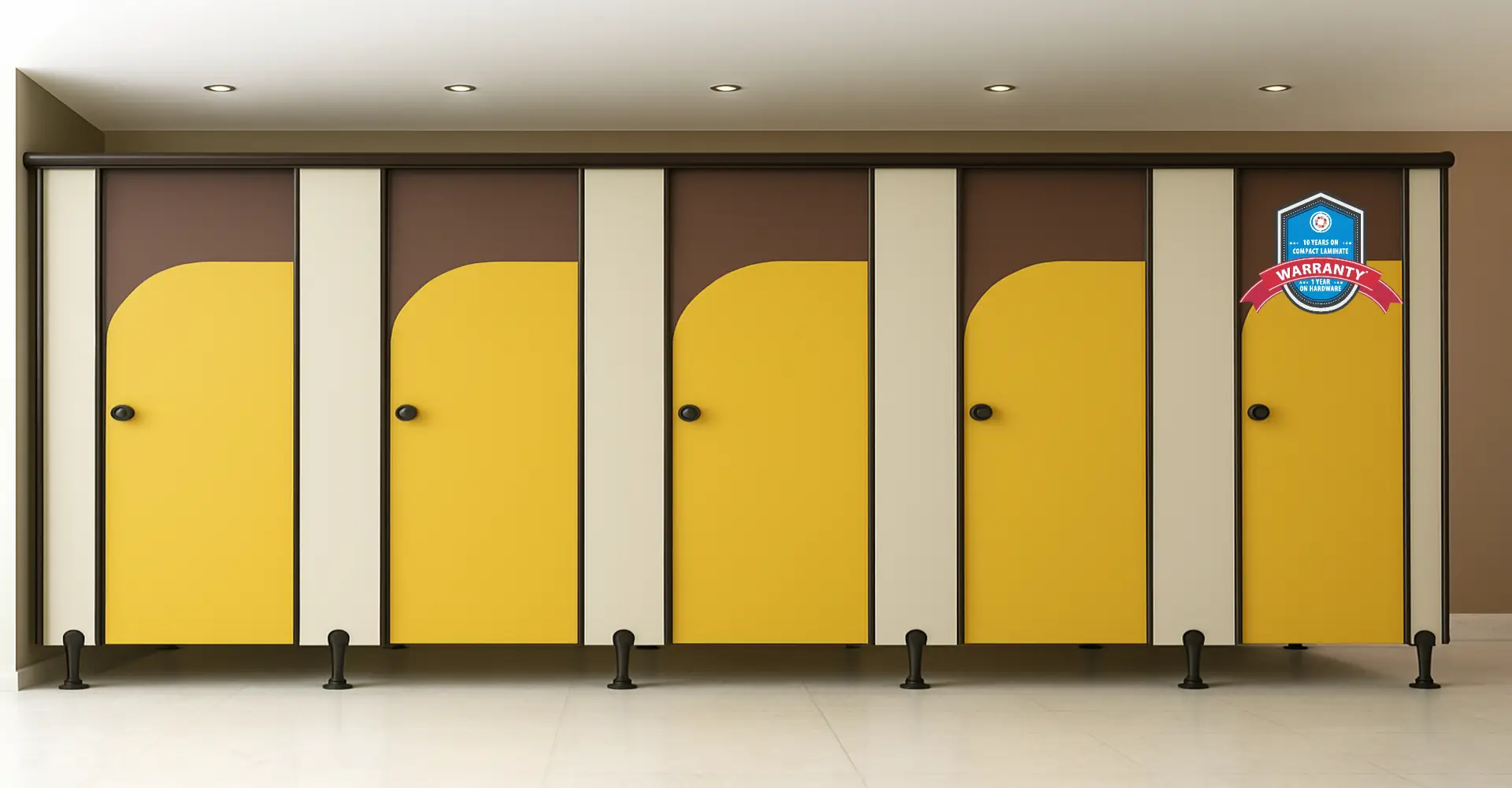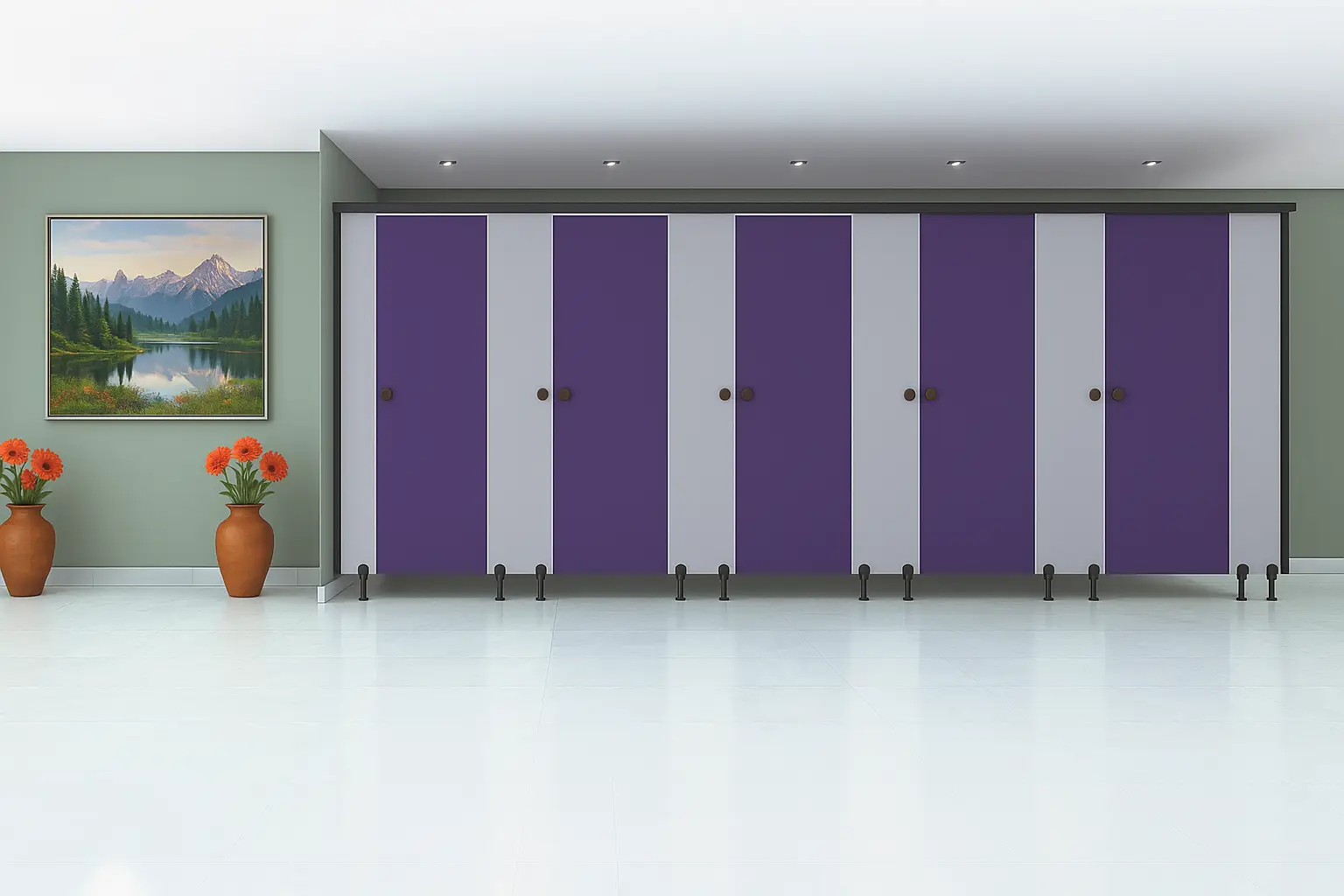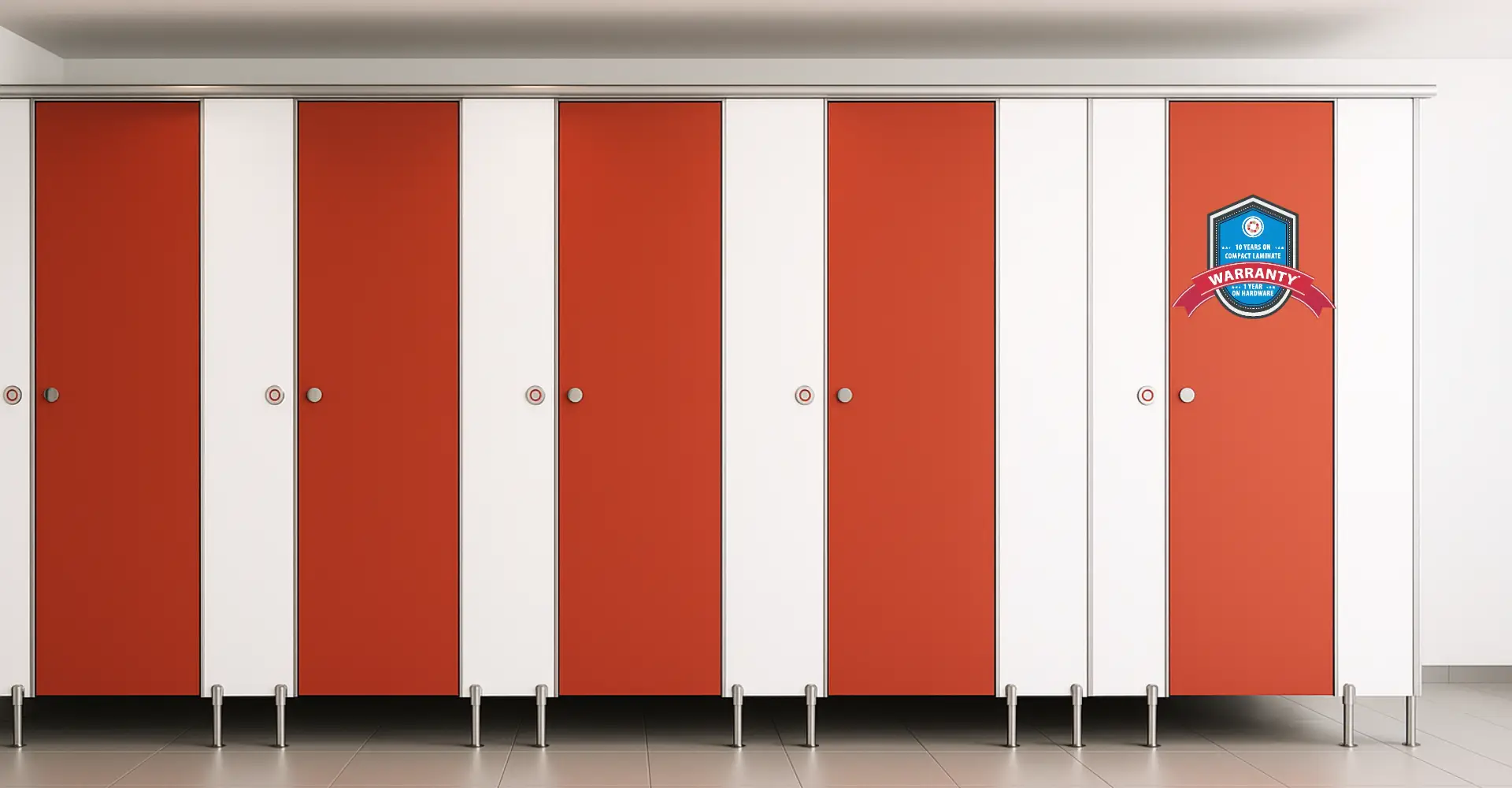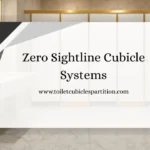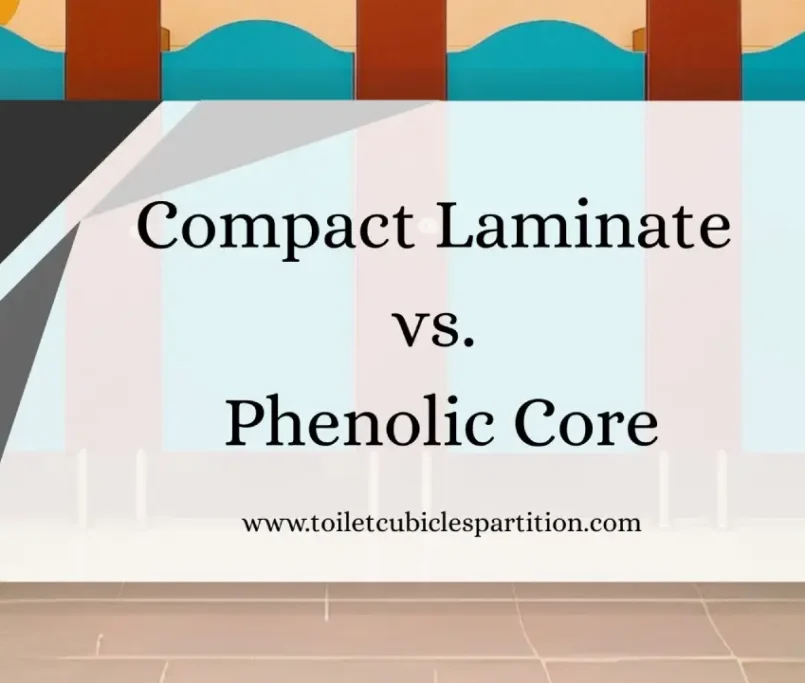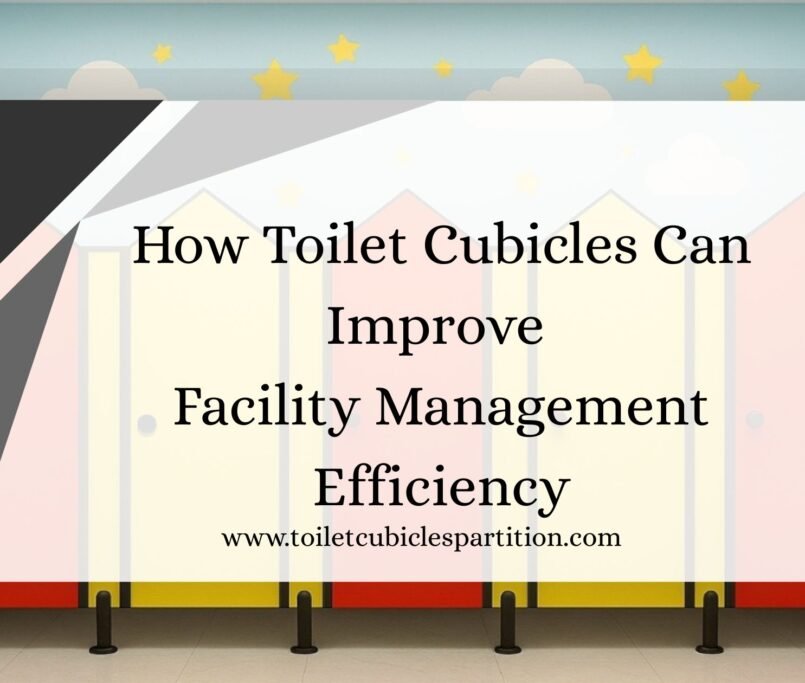Introduction
Public spaces such as airports, railway stations, and bus terminals witness extremely high footfall, which poses unique challenges for restroom infrastructure. Unlike residential or low-traffic commercial areas, these spaces endure constant usage, exposure to moisture, vandalism, and rigorous cleaning cycles. Selecting the right cubicle materials becomes critical to ensure longevity, hygiene, safety, and aesthetics.
Traditional restroom partitions like basic plywood or low-grade laminates often fail in such environments. They can warp, delaminate, or become unsightly within months. For facilities aiming for long-term performance, investing in high-quality materials and partnering with a trusted Toilet Cubicles Partitions Manufacturer such as Ryka Restroom Cubicles is essential.
This blog explores the most durable cubicle materials, their properties, installation considerations, maintenance strategies, and why they are ideal for high-traffic public areas.
Key Requirements for Airport and Station Cubicles
Before exploring specific materials, it’s important to understand the critical requirements for cubicles in airports and stations:
- Durability and Impact Resistance
- Must withstand heavy daily usage and occasional force from luggage carts or travelers.
- Materials must resist scratches, dents, and structural deformation.
- Moisture and Humidity Resistance
- Restrooms in these areas are prone to high humidity due to frequent cleaning and water usage.
- Materials that absorb water or swell over time are unsuitable.
- Fire Safety and Regulatory Compliance
- Must comply with local fire codes and international safety standards.
- Fire-retardant properties are essential in crowded public spaces.
- Hygiene and Ease of Cleaning
- Smooth, non-porous surfaces reduce bacterial and mold growth.
- Materials should withstand frequent cleaning with disinfectants.
- Aesthetic Appeal and Longevity
- Public spaces aim to create a positive impression.
- Materials must maintain visual appeal despite heavy use.
- Maintenance and Cost Efficiency
- Low-maintenance materials reduce operational costs.
- Easy-to-repair systems prevent long downtimes during maintenance.
Most Durable Cubicle Materials
1. High-Pressure Laminate (HPL)
Overview: HPL is made by fusing multiple layers of kraft paper with resin under high pressure and heat. It offers excellent impact resistance and moisture protection.
Benefits:
- Resistant to scratches, dents, and water.
- Wide range of colors and patterns for design flexibility.
- Easy to clean and maintain.
Applications:
- Ideal for high-traffic airport restrooms.
- Suitable for stations where aesthetic appeal and durability must coexist.
Example: Many international airports use HPL partitions due to their resilience under constant usage and cleaning cycles.
2. Compact Laminate (CGL)
Overview: CGL is a denser version of laminate, with superior strength and fire-resistance properties. It is composed of resin-impregnated paper sheets pressed into a compact block.
Benefits:
- Extremely durable against impacts and vandalism.
- Fire-retardant and suitable for public spaces with safety codes.
- Moisture-resistant, preventing swelling or warping.
Applications:
- Public toilets in railway stations and airports.
- Locations with high humidity and frequent cleaning routines.
Case Study: A major metro station installed compact laminate cubicles from Ryka Restroom Cubicles, experiencing minimal wear and zero water damage after five years.
3. Solid Phenolic Resin Boards
Overview: Made from layers of kraft paper and resin pressed together, phenolic boards are dense, non-porous, and highly durable.
Benefits:
- Excellent resistance to water, fire, and vandalism.
- Non-porous surface prevents bacterial and mold growth.
- Long-lasting performance even under extreme usage.
Applications:
- Airports with continuous traffic.
- Locations where longevity outweighs initial cost considerations.
Insight: Phenolic resin boards are often selected for premium projects where performance and hygiene are prioritized.
4. Stainless Steel
Overview: Stainless steel partitions provide strength, corrosion resistance, and modern aesthetics.
Benefits:
- Resistant to scratches, moisture, and vandalism.
- Sleek, contemporary appearance suitable for upscale terminals.
- Can be combined with HPL or phenolic cores for cost efficiency.
Challenges:
- Requires regular polishing to maintain appearance.
- Heavier and more expensive compared to laminates.
Example: Certain international airports favor stainless steel cubicles for VIP lounges and high-visibility areas.
5. Powder-Coated Steel
Overview: Steel panels coated with a durable powder finish offer cost-effective alternatives to stainless steel.
Benefits:
- Available in various colors and finishes.
- Resistant to moisture and moderately resistant to vandalism.
- Lighter and easier to install than stainless steel.
Considerations:
- Less scratch-resistant than HPL or phenolic boards.
- Periodic repainting may be required in high-traffic areas.
Use Case: Ideal for stations or airports with budget constraints while still requiring reasonable durability.
6. Advanced Hybrid Materials
- Acrylic Panels: Lightweight, glossy, and water-resistant; ideal for low-impact zones.
- Aluminum Composite Panels: Strong, durable, and fire-resistant; suitable for modern aesthetics.
- Hybrid HPL-Stainless Steel: Combines durability with sleek appearance for VIP zones or lounges.
Insight: Facilities often use a combination of materials, placing cost-effective laminates in general areas and premium materials in high-visibility zones.
Maintenance and Hygiene Considerations
Durability is not only about material strength but also ease of cleaning and hygiene management:
- Non-Porous Surfaces: HPL, phenolic boards, and stainless steel prevent mold growth.
- Chemical Resistance: Materials withstand disinfectants used in public restrooms.
- Routine Cleaning: Smooth panels allow quick, efficient cleaning, reducing labor costs.
Tip: Using standardized cubicle dimensions and modular panels from a trusted Toilet Cubicles Partitions Manufacturer ensures replacements and repairs are easy and cost-effective.
Installation Best Practices
Proper installation maximizes lifespan:
- Modular Design: Facilitates quick installation and future reconfiguration.
- Anchoring and Hardware: Stainless steel fittings prevent loosening and reduce maintenance.
- Sealing: Moisture-resistant seals prevent water ingress at joints.
- Customization: Colors, finishes, and heights can be adjusted for compliance and aesthetics.
Example: Ryka Restroom Cubicles provides tailored solutions with modular designs that minimize downtime during installation.
Cost, ROI, and Lifecycle Analysis
Durable materials may have a higher upfront cost but reduce long-term expenses:
- Maintenance Savings: Fewer repairs and replacements.
- Longer Lifespan: Materials like phenolic boards and HPL last over a decade even under heavy use.
- Operational Efficiency: Easy cleaning reduces labor and downtime.
Case Study: An airport using phenolic resin cubicles reported zero major repairs after seven years, while adjacent terminals using plywood needed multiple replacements.
Future Trends in Public Space Cubicles
- Smart Cubicles: IoT-enabled sensors for occupancy, maintenance alerts, and water usage monitoring.
- Eco-Friendly Materials: Recycled laminates and low-VOC coatings for sustainable construction.
- Adaptive Designs: Modular panels allowing easy reconfiguration for expanding airport terminals or station renovations.
Conclusion
High-traffic environments such as airports and railway stations demand cubicle materials that combine durability, hygiene, fire safety, and aesthetics.
Leading options include:
- High-Pressure Laminate (HPL)
- Compact Laminate (CGL)
- Solid Phenolic Resin Boards
- Stainless Steel
- Powder-Coated Steel
Partnering with a reliable Toilet Cubicles Partitions Manufacturer like Ryka Restroom Cubicles ensures:
- Long-lasting performance in demanding conditions
- Modular designs for ease of installation and maintenance
- Compliance with safety and hygiene standards
- Aesthetic appeal and customization for public spaces
Investing in durable cubicle materials is a long-term solution that enhances passenger experience, reduces maintenance costs, and strengthens operational efficiency.
